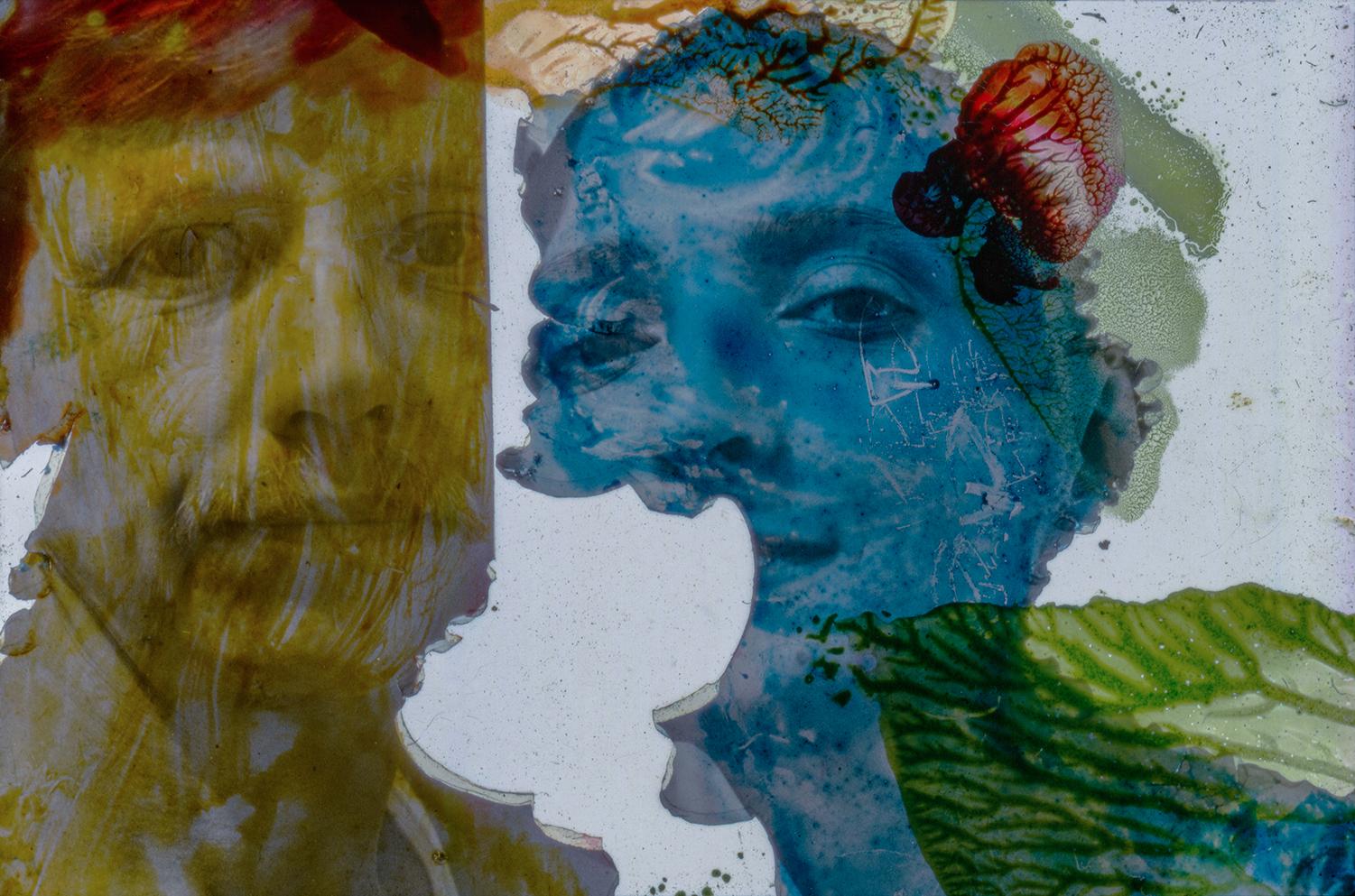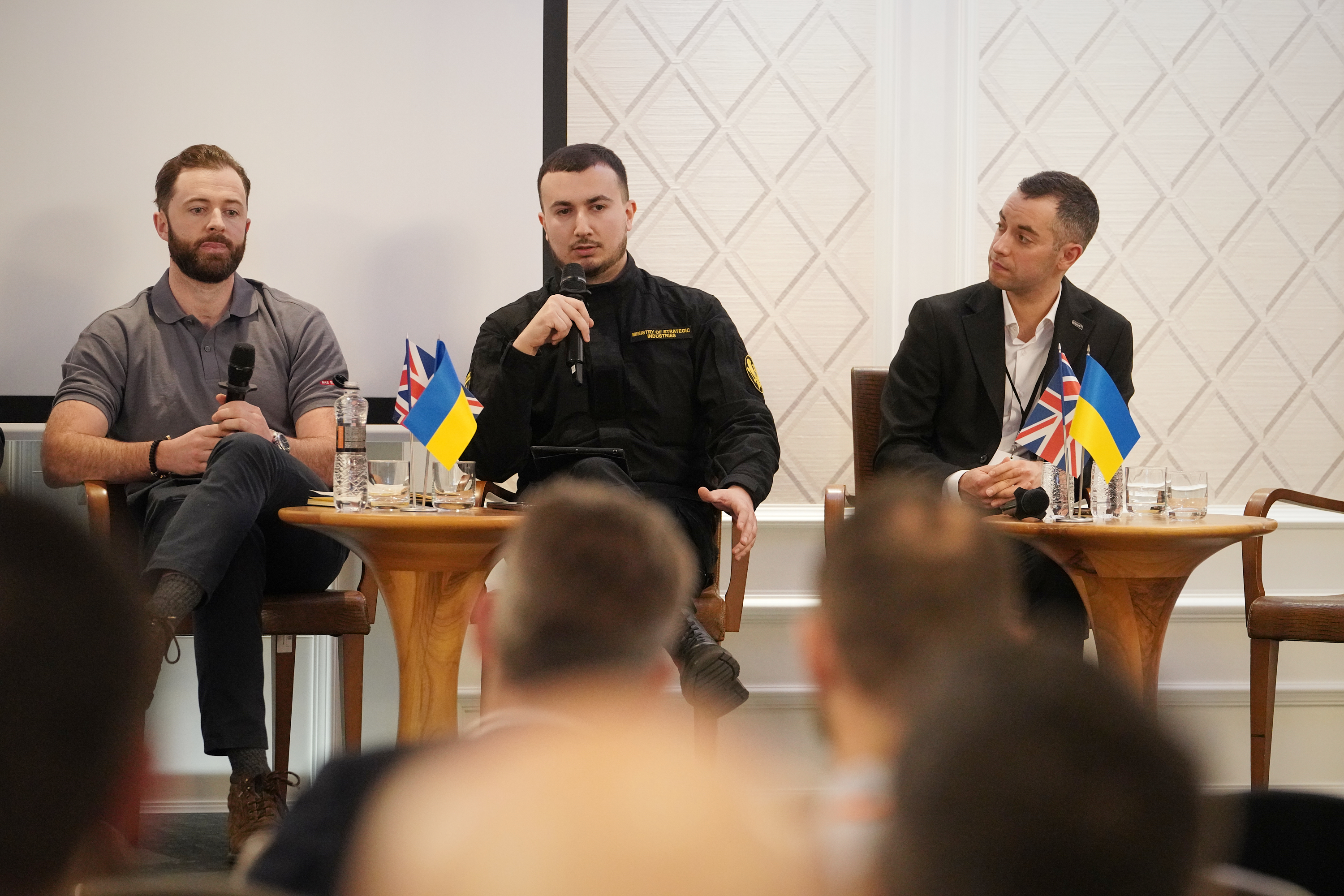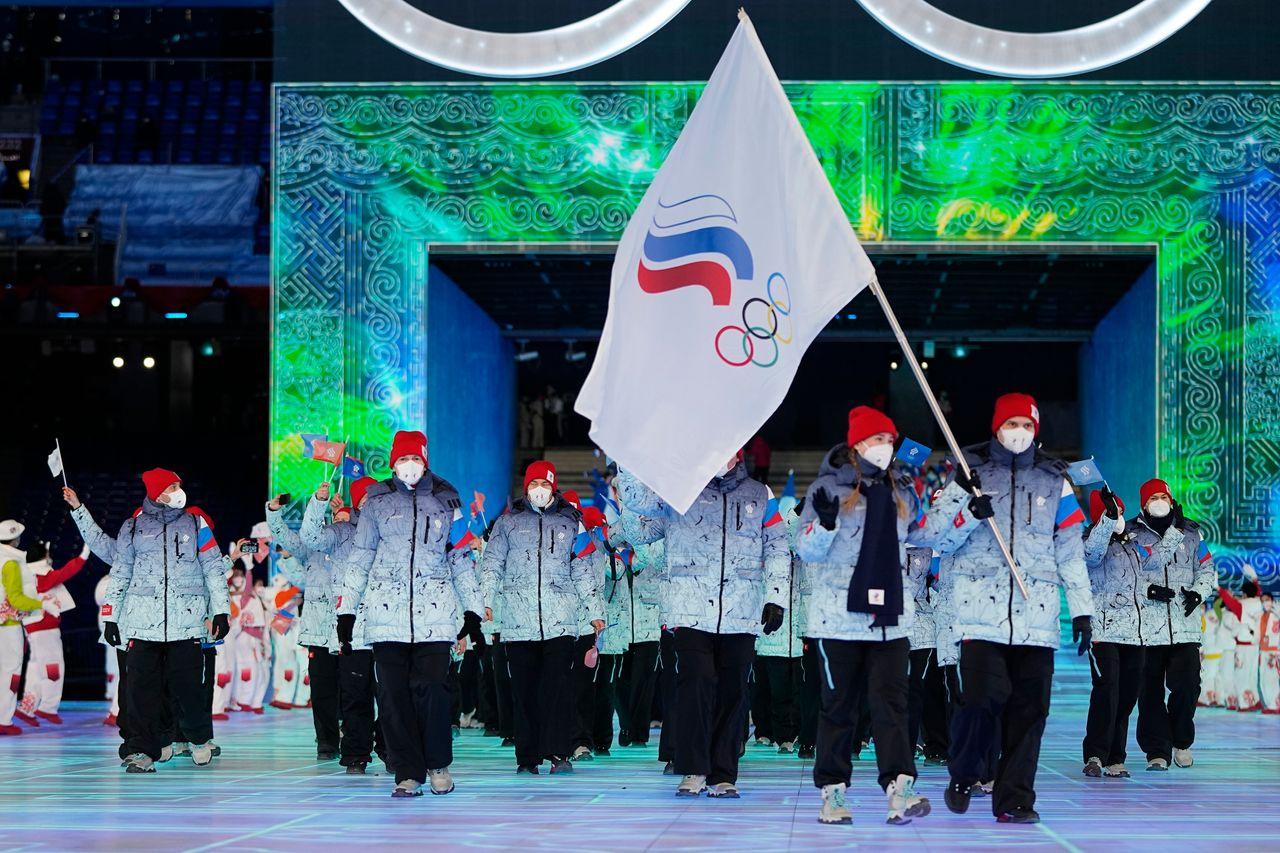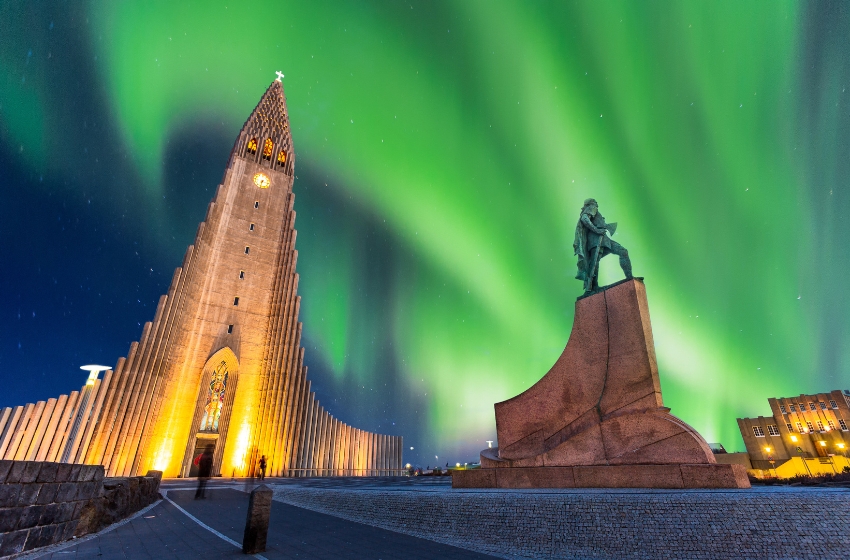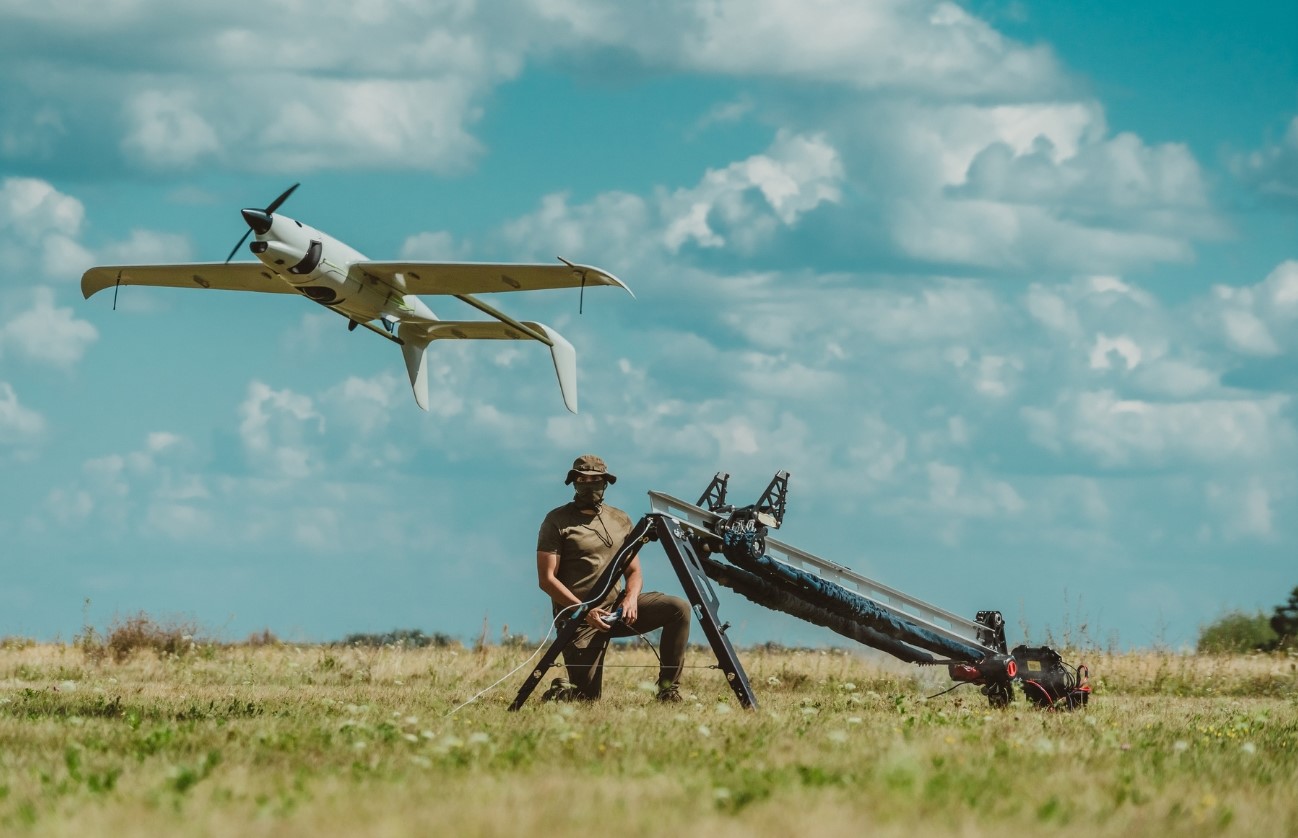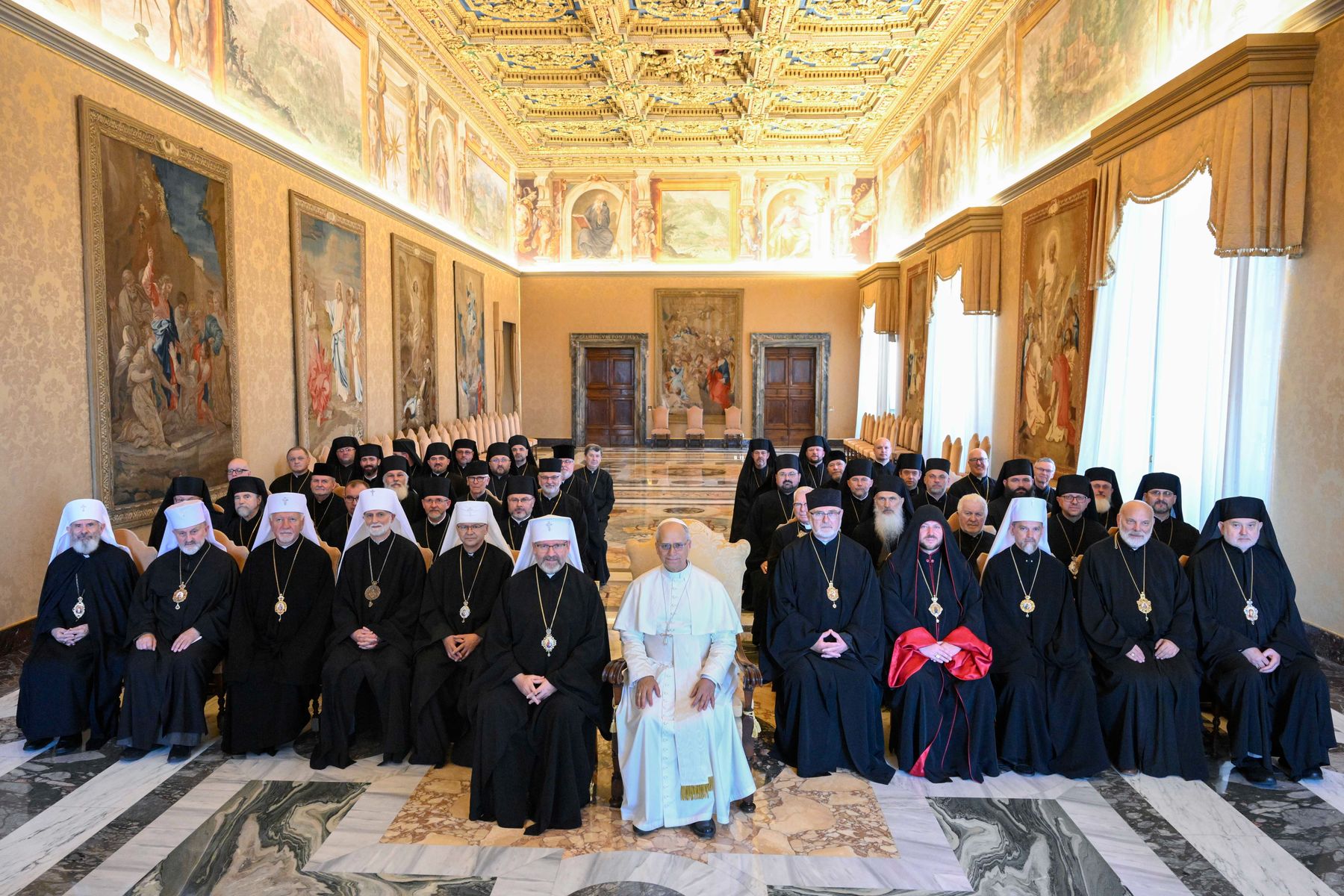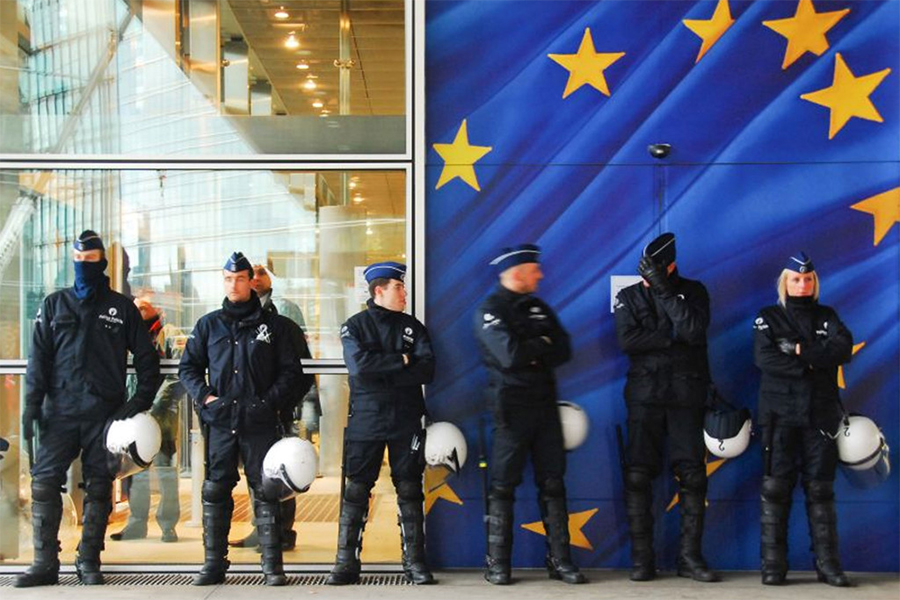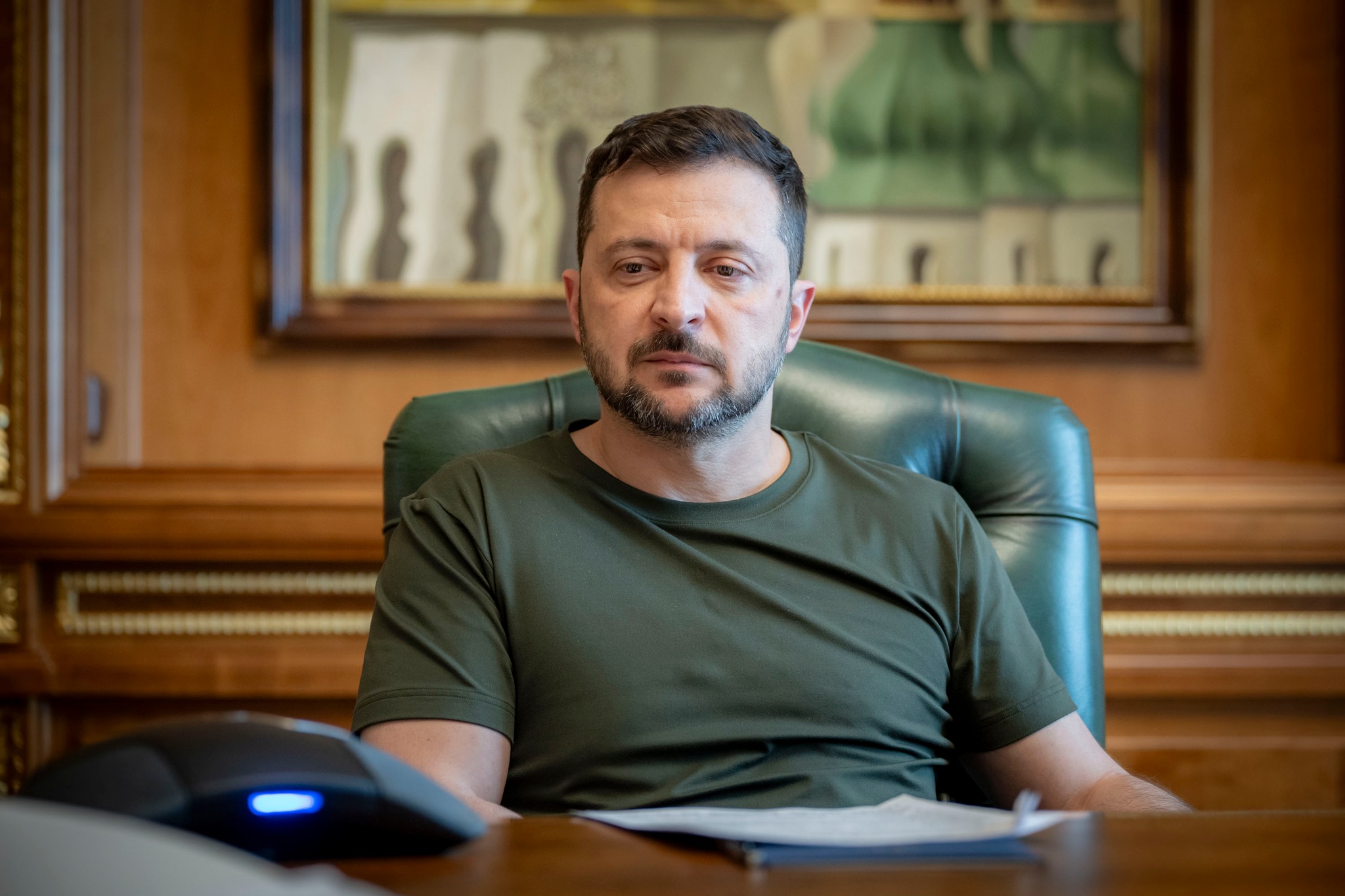Ukraine Everywhere is the interdisciplinary programme of the Ukrainian Institute to showcase Ukraine's contribution to the world culture via online projects. One of them is Kharkiv School of Photography - a phenomenon of Ukrainian art from the 1970s to the present.
Cover photo: Evgeniy Pavlov. Selfie with the wife. 1988 (from Total photography) 1988. Tatiana and Evgeniy Pavlov Archive
"Kharkiv School of Photography: Soviet Censorship to New Aesthetics": an online archive of late Soviet and post-Soviet photography with research materials and photo stories goes public.
Welcome to the online resource "Kharkiv School of Photography: Soviet Censorship to New Aesthetics", created within the programme #UkraineEverywhere. It is the largest online archive of the most famous Ukrainian photographic movement - the Kharkiv School of Photography. The website contains a selection of more than 2,000 photographs, 28 artist profiles, and several art groups, as well as photographic studies in the popular social media ‘stories’ format, and researchers’ essays. The site works in English, Ukrainian, and partly in French.
The Kharkiv School of Photography (KSP) is an experimental non-conformist art movement that emerged in the late 1960s and early 1970s in Kharkiv, a city in eastern Ukraine (then part of the Soviet Union). The community of Kharkiv photographers created a new visual language that opposed the official Soviet canons and left behind a photographic chronicle that ironically documents and reflects upon various aspects of (post) Soviet life. The KSP artists created an aesthetic alternative in a reality that did not welcome alternatives and used the late Soviet reality as subject matter for their artistic practices.

The contemporary works of the School artists are also reflections on the challenges of time, be it the Russian occupation or art after #Metoo, the consequences of collective historical traumas, the issues of physicality, self-identity, models of relationships, and social hierarchies.
Whether candid camera shots, staged photos or collages, representations of social processes or reflections on the personal issues, the manner of KSP photographers is mostly ironic and self-ironic.
Igor Manko


The most prominent artist of this movement is Boris (Bob) Mikhailov, a world-renowned photographer, the only one from the post-Soviet territory to be awarded the Hasselblad Prize. Mikhailov, who has been living in Berlin since the late 1990s, is considered one of the first media artists. European critics call him "one of the most important artists to have emerged from the former Soviet Union." This year, Ukraine finally recognised the importance of Mikhailov's work - he was awarded the Shevchenko Prize in visual arts, the highest artistic award in the country. Other bright names of the Kharkiv School of Photography include Sergey Bratkov, Viktor and Serhiy Kochetovs, Oleh Malyovany, Evgeniy Pavlov, Misha Pedan, Leonid Pesin, Roman Pyatkovka, Yuriy Rupin, Andriy Avdeyenko, etc. In total, about thirty artists and several art groups belong to this artistic movement.


We created the Ukraine Everywhere programme to talk about the iconic phenomena and figures of Ukrainian art that speak to the whole world. The Kharkiv School of Photography is undoubtedly such a phenomenon, as evidenced in numerous studies by both Ukrainian and foreign researchers. The issues raised by the ksp.ui.org.ua project, redefining the categories of "beautiful" and "socially acceptable" and the role of art in overcoming the totalitarian mindset, in particular, are no less relevant today than 50 years ago.
Olexandr Vynogradov, Head of the Ukrainian Institute Visual Arts Department


Most researchers split the Kharkiv school into three generations, the third being those who have emerged on the art scene for the last twenty years, since the early 2000s.









